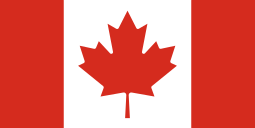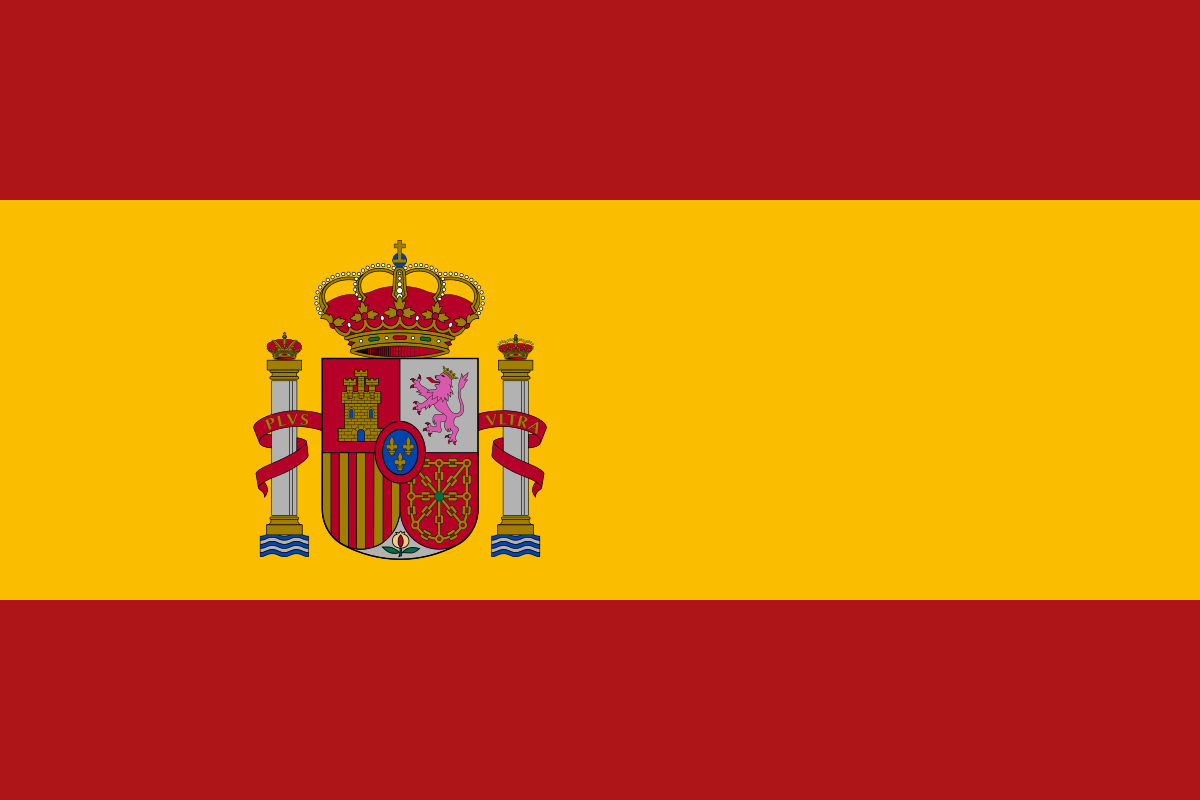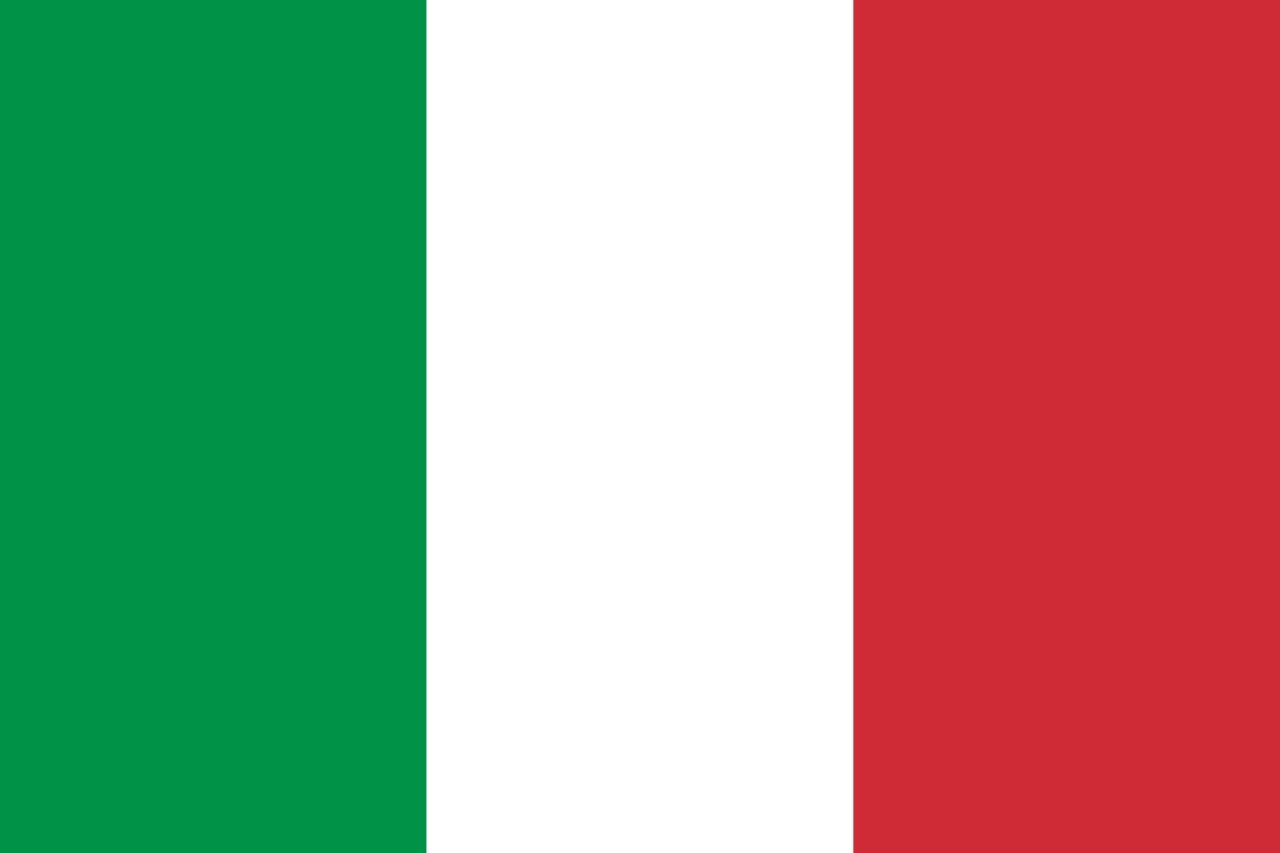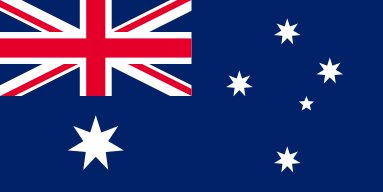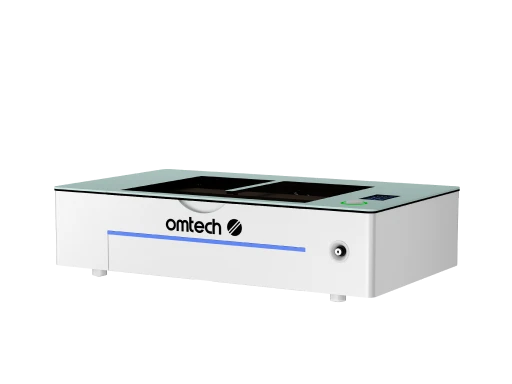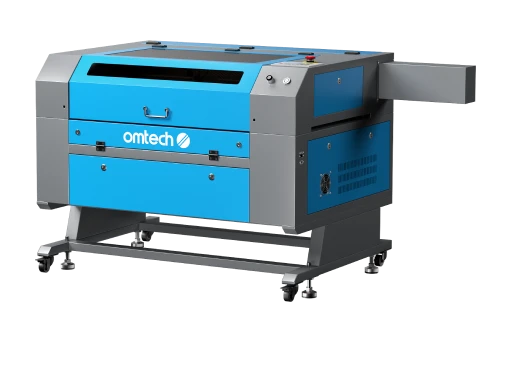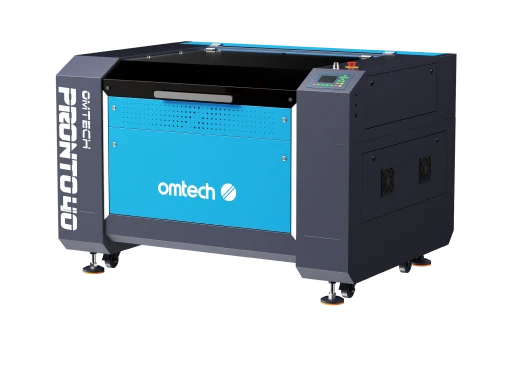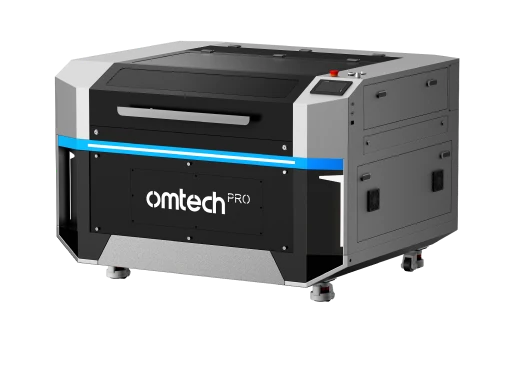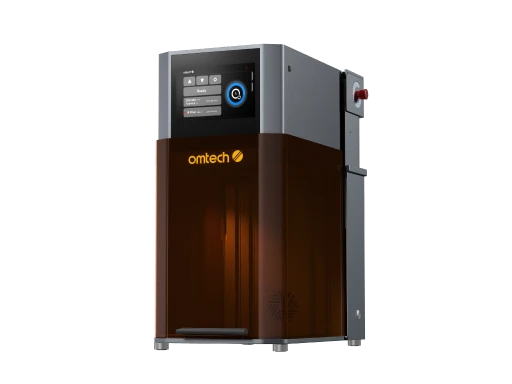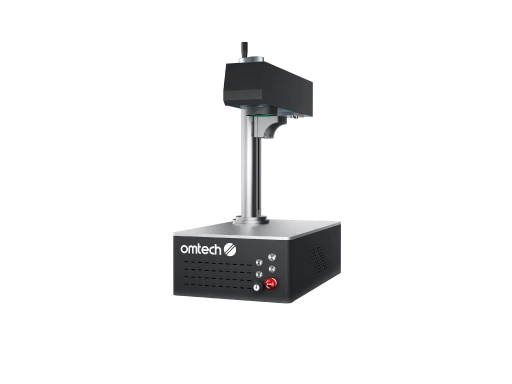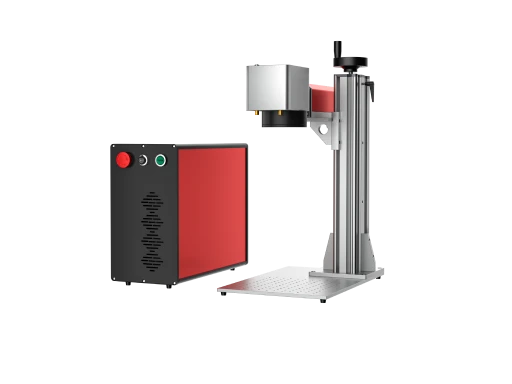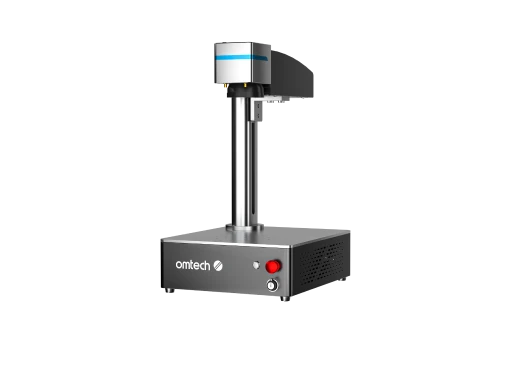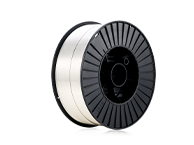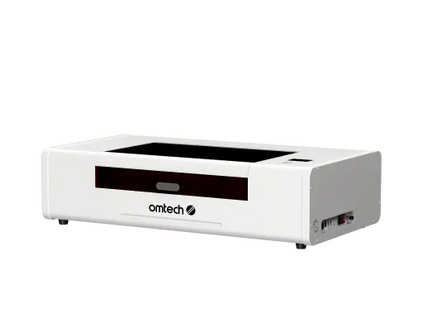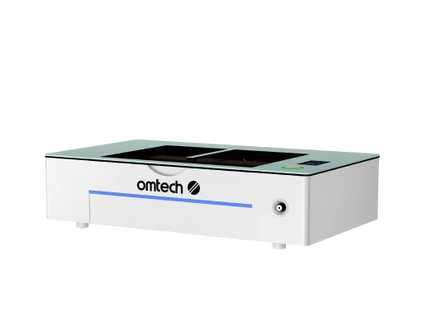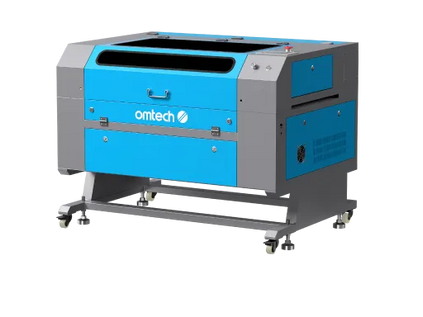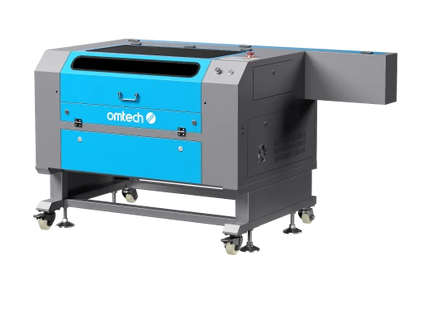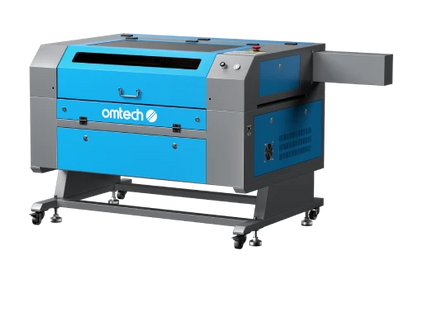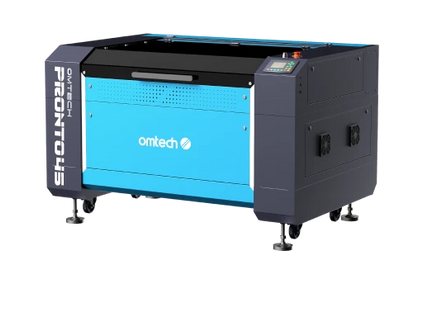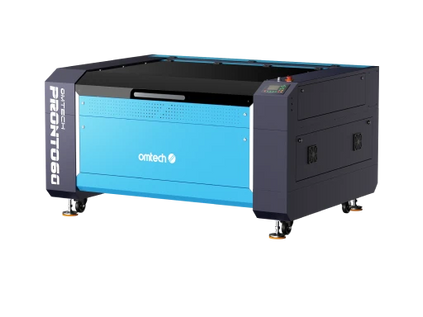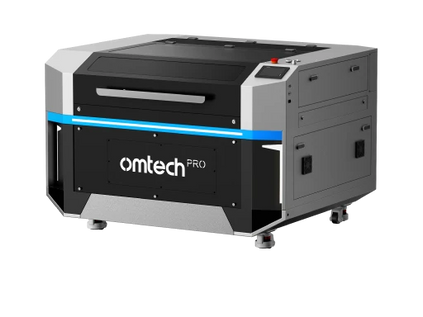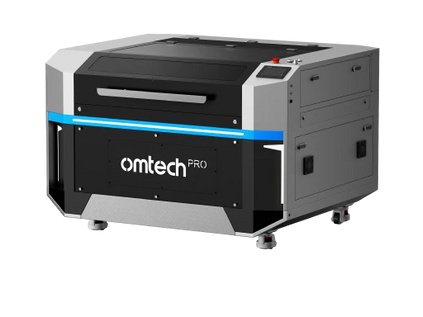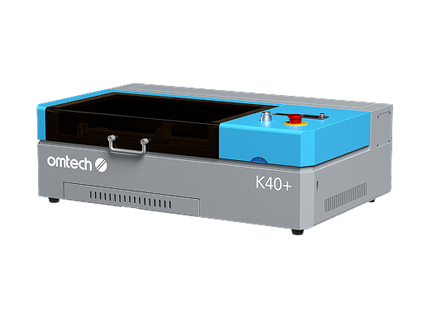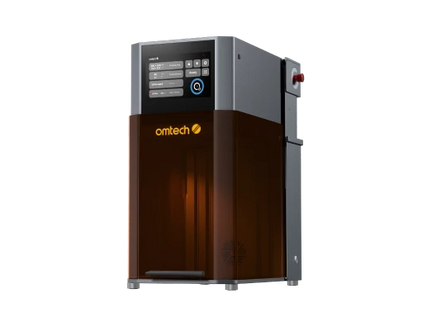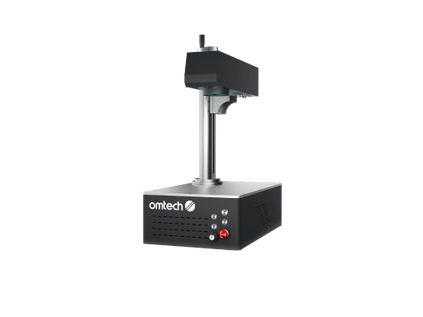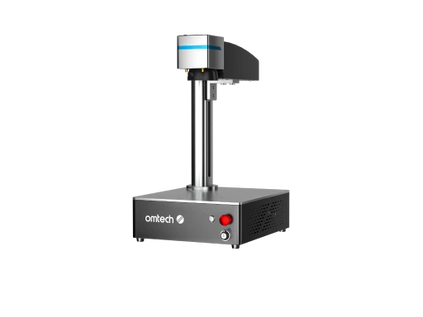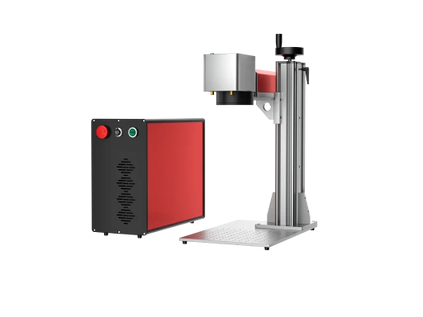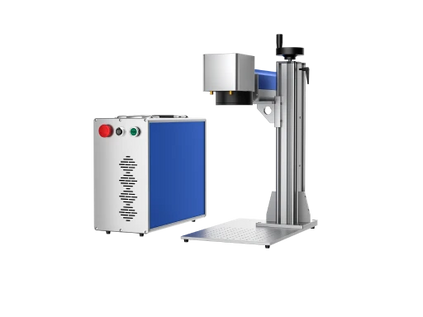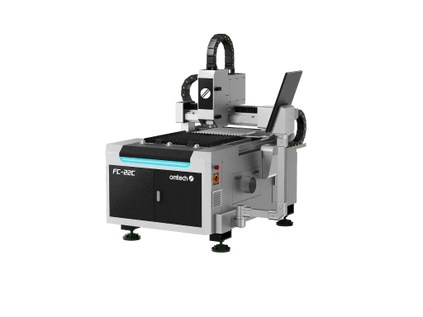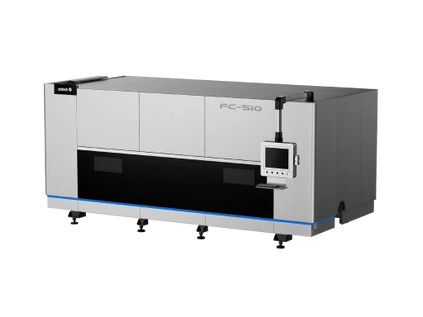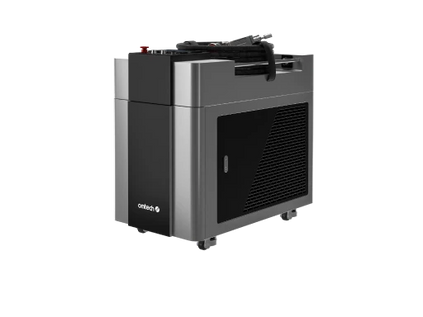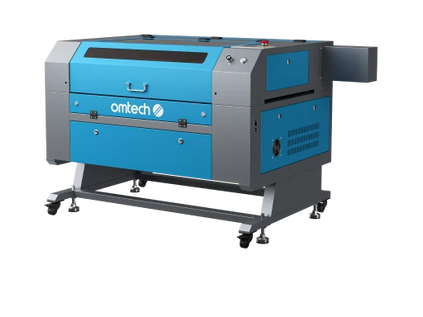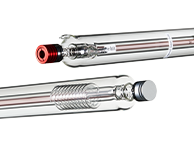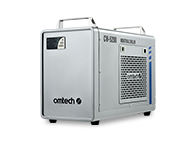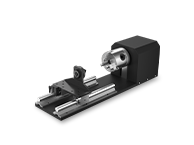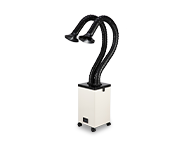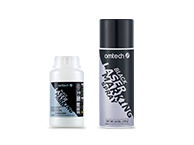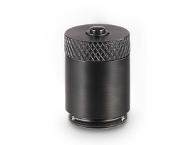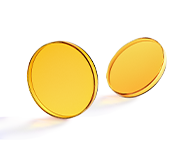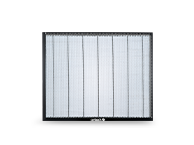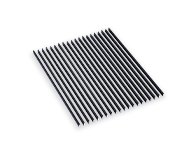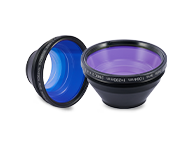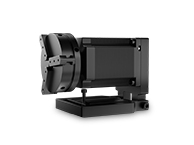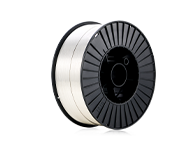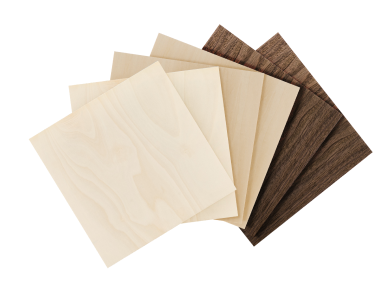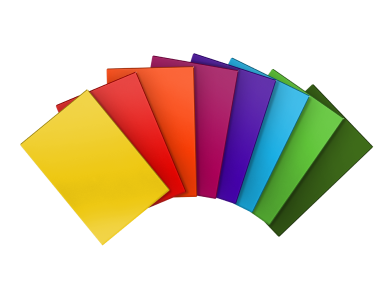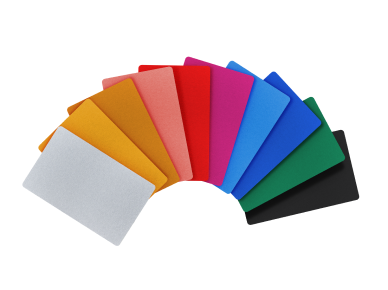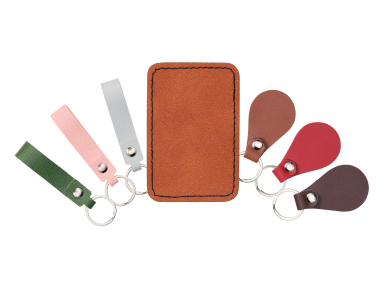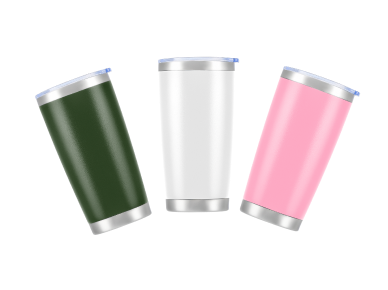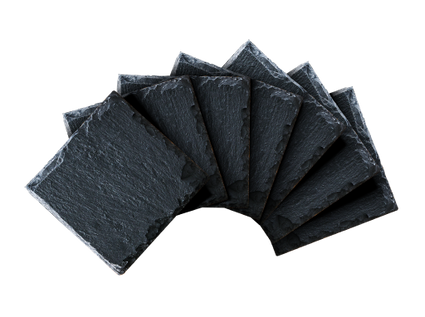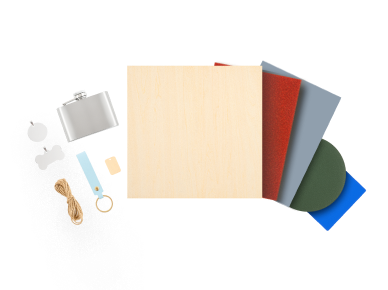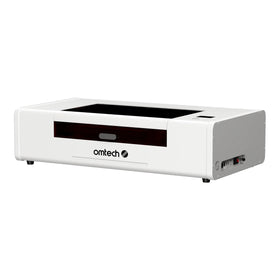DTF Printer vs UV Printer: Understanding the Key Differences

In the world of digital printing and customization, DTF (Direct‑to‑Film) and UV printing are two distinct technologies with complementary strengths. From customizing apparel and branding merchandise to launching a print-on-demand venture, understanding the strengths and limitations of each printer type is key to making the right investment.
Today, we’ll dive into a side-by-side comparison of DTF printers vs. UV printers to help you determine which is better suited for your creative or commercial goals. We’ll explore how each printer works, what materials they can print on, and which business models benefit most from each system.
What Is a DTF Printer?
A DTF printer prints a design onto a special film (typically PET) using pigment inks, then applies adhesive powder, cures or fuses that adhesive, and finally transfers the image onto fabric via a heat press. The film is peeled off after pressing, leaving the image bonded to the textile. DTF works well on cotton, blends, and many synthetic fabrics, and is especially popular for garments, hoodies, and custom apparel.
Key strengths of DTF include its flexibility across fabric types, relatively low cost of entry, and ability to reproduce fine graphics, gradients, and photographic designs without requiring a screen or stencil. For custom apparel operations or small runs where each shirt may differ, DTF is often a go-to.
What Is a UV Printer?
A UV printer (often a flatbed or roll‑to‑flat UV printer) uses UV-curable inks that instantly cure (harden) when exposed to ultraviolet light. Unlike DTF, a UV printer prints directly onto the surface of the object—whether that object is metal, acrylic, glass, wood, plastic, or coated items. Because the inks solidify immediately under UV light, there’s no need for prolonged drying or external curing steps.
UV printers are widely used for rigid substrates and signage, promotional products, awards, plaques, industrial parts, and any object where you want the print directly on the surface. The ability to print on rigid items—including thick or heavy ones—makes UV technology very versatile in the signage and materials market.
Comparing DTF Printers vs UV Printers
Below, we’ll break down comparative factors to help you see the trade-offs clearly.
Material & Substrate Compatibility
-
DTF primarily targets textile/fabric surfaces. It thrives on apparel, cotton, poly blends, and many soft goods.
-
UV printers, however, are substrate-agnostic (so long as the surface can accept ink and is stable). You can print on acrylic, metal, glass, wood, plastic, leather, rigid panels, and many coated or pretreated surfaces.
A UV system opens more doors if your business covers both garments and rigid objects.
Print Process & Workflow
-
DTF involves multiple steps: printing to film, applying adhesive, curing/fusing adhesive, then heat pressing onto fabric. That means more consumables (film, powder) and handling steps.
-
UV printing simplifies the workflow: print directly, cure with UV, and the result is ready—no separate adhesive or heat press step (in ideal cases). That simplicity can make UV more efficient in many production contexts.
Durability, Adhesion & Finishes
-
DTF transfers, when well applied, offer durable prints that flex with the fabric and resist wash degradation. However, improper pressing or inadequate adhesive curing can cause edge lifting or cracking over time.
-
UV prints, being cured directly onto surfaces, can offer excellent scratch resistance, color fidelity, and durability—especially on rigid surfaces. On some flexible materials, the ink’s rigidity can be a limitation.
Detail, Resolution & Color Range
Because UV inks cure instantly, UV printers often deliver extremely sharp detail, crisp edges, and vibrant colors. That advantage is especially meaningful when printing on rigid surfaces that demand precision and fine lines.
DTF is also capable of fine detail on textiles, especially with good film and print resolution, but some very fine elements may lose crispness in the heat-press transfer process.
Cost & Entry Barriers
-
DTF systems generally have lower upfront costs, especially for small shops focused only on apparel. The consumables (films, powder) add ongoing cost, but the entry barrier is moderate.
-
UV printers tend to be more expensive upfront, especially those robust enough to handle thick substrates and large formats. Maintenance, ink cost, and mechanical complexity are higher. But for print shops with diverse product lines, UV can justify the investment.
Who Should Choose a DTF Printer, and Who Should Choose a UV Printer?
Best Use Cases for DTF Printers
-
Custom apparel boutiques, print-on-demand T-shirt creators, and garment decorators who want flexibility across fabrics.
-
Businesses with frequent design changes, small runs, or one-off orders.
-
Brands focusing primarily on clothes, textile goods, or soft merchandise.
-
Users starting out who want an accessible route into digital textile printing.
Best Use Cases for UV Printers
-
Sign shops, promotional product makers, awards and engraving businesses, and print shops wanting to serve rigid substrate customers.
-
Operations seeking to expand product offerings beyond apparel, such as printing on plaques, acrylic signs, plastic or metal panels.
-
Businesses wanting fast turnaround with minimal post‑print curing steps.
-
Shops with capital to invest and a need for production versatility.
Making the Right Decision: DTF Printer vs UV Printer
When evaluating DTF vs UV printer, ask:
-
What substrates dominate your production? If garments are your core, DTF might suffice. If rigid goods are also key, UV offers additional flexibility.
-
How important is workflow simplicity? UV reduces steps and handling—no film or adhesive stage.
-
What’s your budget and scale? Evaluate whether the higher cost of UV pays off given your business model and product mix.
-
Test your target materials. Always run trials—some flexible or uncoated materials may not suit UV inks.
-
Plan for growth. If you anticipate expanding into hard goods, starting with UV or hybrid technology can future-proof your operations.
Considering a DTF Printer? Meet the OMTech Aurora

If you’re leaning toward DTF technology—or looking for a reliable, business-ready system—OMTech’s Aurora DTF Printer is built to support high-quality production with minimal learning curve. Designed for small businesses, print shops, and growing creators, the Aurora delivers consistent, vibrant results with a stable, efficient workflow.
Key Benefits of the OMTech Aurora
-
Dual Epson® I1600 Printheads for precise 720 × 1800 DPI detail and smoother gradients
-
14-inch print width ideal for apparel decorators producing transfers at scale
-
Accurate color reproduction with CMYK + White channels for vivid prints on dark garments
-
Integrated powder shaker & oven compatibility for steady, automated transfer prep
-
Stable media handling that reduces banding, smudging, or alignment issues
-
Compact 3.44 ft² vertical footprint that fits comfortably in home studios or small shops
-
User-friendly workflow that minimizes setup complexity and reduces operator error
-
Reliable performance designed for consistent daily production, even for beginners
Whether you print one-offs, short runs, or full production batches, the Aurora offers the accuracy, color consistency, and dependability needed to build a profitable DTF operation.
Final Thoughts
In short: DTF printers are powerful tools for textile decoration—offering flexibility, lower barrier-to-entry, and proven results on fabrics. UV printers, on the other hand, unlock direct printing on surfaces across materials, reduce workflow overhead, and support nearly any object you place under the print head.
While the two are distinct—DTF for textile transfer, UV for direct object printing—they’re not mutually exclusive paths. Many businesses will find value in having both technologies, using DTF for garments and UV for rigid goods, and letting each play to its strengths.
Still not sure which to start with? Evaluate your product lineup, test your materials, and choose the tech that aligns with your vision. If you’re leaning toward DTF and want a machine built for accuracy, consistency, and professional-grade output, explore the OMTech Aurora. Its dual-head precision, compact footprint, and production-ready workflow make it an ideal first step—or upgrade—into high-quality DTF printing.
Take your printing to the next level—discover what the OMTech Aurora can do for your business.
